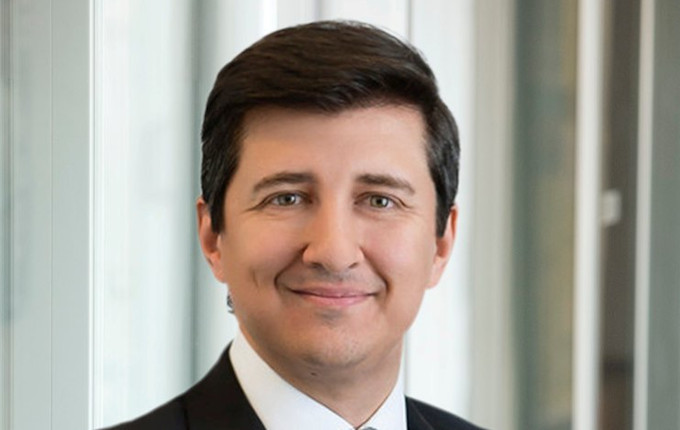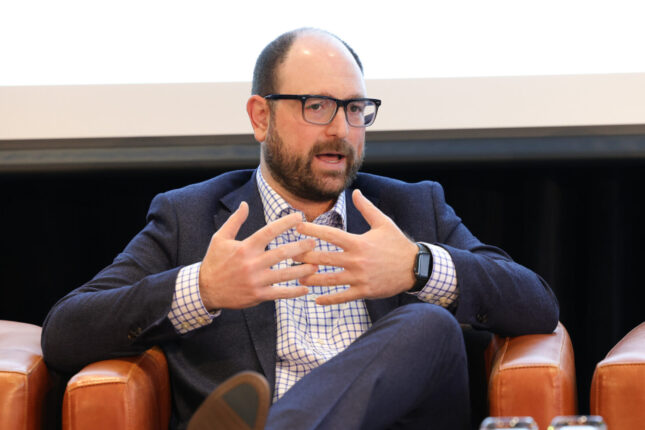Pre-pandemic, there was already an expectation of a low yield environment for the long term, in line with trends in secular stagnation. Then came the pandemic of 2020, exposing the vulnerabilities of superannuation portfolios to tail risk events in the short term.
Retirement Challenges
This problem in superannuation was further compounded by some older members switching from growth assets to cash, thereby crystallising losses during the March 2020 stock market downturn; or younger members capitalising on the opportunity to draw down on their balances as part of the government’s early release scheme.
Inevitably, superannuation funds will need to take on more risks to stand any chance of meeting members’ retirement adequacy, but of equal importance is the need to protect the vagaries of downside risks.
In partnership with Fidelity International, we are delighted to convene an investor roundtable to evaluate the investment approaches underpinning a robust retirement strategy.
Embracing Equities for Growth
Equities remains an integral part of growth assets for any given portfolio. However, the significant short-term risks demand that funds get more innovative, as LGIA Super CIO Troy Rieck candidly described the dilemma: “Members want really liquid products that generate a high return and little to no risk.”
Or as summarised by Aware Super retirement specialist Jacki Ellis: “Members need to continue to take investment risk, but equally, they need to be comfortable enough with that risk to stay invested and stick to their plan”.
There are merits to adopting solutions such as low volatility equity, portfolio insurance, use of derivatives, liquid alternatives etc. But the lessons of March 2020 show that implementation of diversifying or risk mitigation strategies is critical.
Portfolio Construction: Lifecycle vs Balanced
With the introduction of MySuper, lifecycle strategies have become increasingly popular, accounting for more than 30% of all MySuper products. Often using age as the main determinant for risk/return profile, this dynamic approach provides a sensible protection to sequencing risk, especially when members approach the retirement age.
However, critics of the lifecycle approach have highlighted the opportunity cost of de-risking too early prior to retirement, exacerbating longevity and inflation risk. As such, a large number of superannuation funds remain adamant that a 70/30 balanced fund is more suitable for members in achieving retirement adequacy.
An [i3] retirement debate last year concluded that the criticism levelled at lifecycle investing applied mainly to the poor design and implementation, rather than of the concept itself. This perspective was echoed by Australian Catholic Superannuation CIO Michael Block in a recent interview.
In a nutshell, underlying these arguments are beliefs relating to the fund’s approach to:
- Investment Strategy: Static vs dynamic
- Risk: Longevity vs Sequencing
The Australian pension industry is still in its early stages of developing retirement solutions and we hope the current crisis is only a temporary setback. We will endeavour to address these difficult issues at the investor roundtable discussion.
Enquire about this event


![[i3] Retirement Strategy Roundtable](https://i3-invest.com/wp-content/uploads/2020/09/i3-Pivot-Investment-Committee-RT-webpage.jpg)



